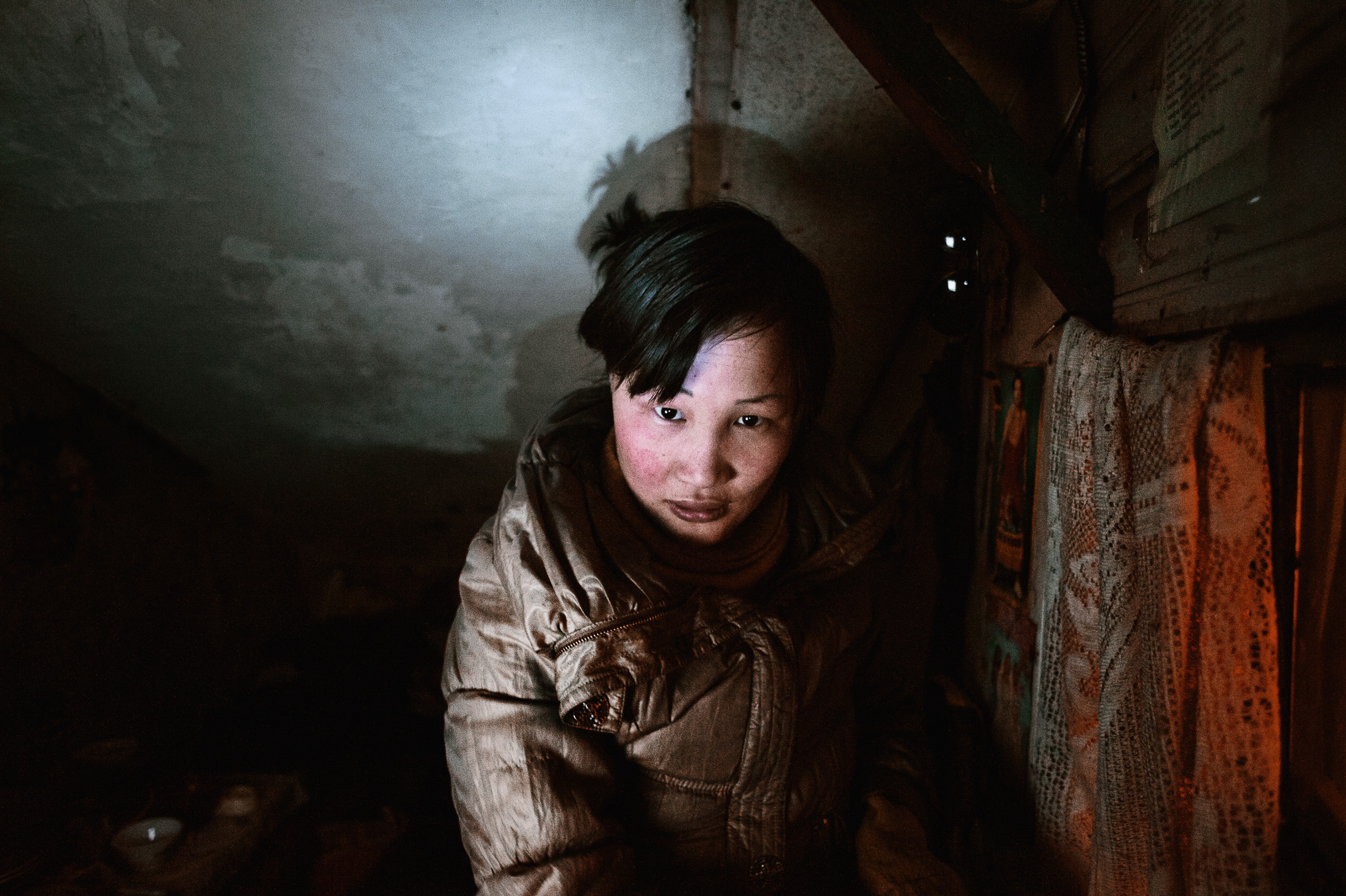Presentation
2008 marked the tipping point: for the first time in history there are more people living in urban areas than in rural areas. Cities will inevitably grow even larger as climate change drives entire populations from their places of origin. These people forced to leave their homelands are known as environmental migrants: an emerging phenomenon that is set to evolve into a humanitarian crisis of planetary proportions within the next few decades.
According to a United Nations forecast, by 2050 humanity will face the traumatic challenge of dealing with as many as 200 million environmental migrants. The UN calculates that 90 percent of this migration will occur in less developed countries and will force people who have no hope of reaching the shores of richer nations to seek new means of livelihood in the already overcrowded and impoverished urban areas of their native lands. This projection implies massive population shifts from rural areas to city slums.
Mongolia is an extremely poor country: 20 percent of its population of three million survives on a cash income of US$1.25 per day and 30 percent suffers from malnutrition. The population of the capital city, Ulaanbaatar, now stands at over 1.2 million. Half of its residents live in slums that have sprung up on the periphery of the city known as ‘gher districts’ after the Mongolian word for the traditional tent (yurt) that herders abandoning rural areas bring with them and that constitutes their only remaining property.
These photographs were taken in the gher districts of Ulaanbaatar and in the Arkhangai province in March 2011, during one of the harshest dzuds in human memory.
Over the past few years Mongolia has been plagued by a profound shift in climatic conditions that has brought about brusque and undesirable social changes in an already vulnerable society. The country has entered a cycle of severe weather: summer droughts that reduce the fertility of grazing land and lower fodder production followed by long, severe winters know as ‘dzuds’, which are characterised by lower than normal temperatures and unusually heavy snowfalls. Livestock, which constitutes many Mongolian families’ entire assets, often succumb to the extreme temperatures, which can fall to as low as -50º Celsius during these cycles. In 2010, during one of the harshest dzuds on record, more than eight million sheep, cows, horses and camels died, forcing 39,000 herders deprived of their livelihood to abandon their traditional way of life and migrate to Ulaanbaatar.
The men and women depicted in these photographs share a common fate: they are all herders who have been forced to abandon the isolated rural areas they once called home. They came to the city knowing no other life than that of the Central Asian steppe; illiterate and lacking the training to qualify for the types of jobs available in the city, they live in the marginal peri-urban communities lacking basic services such as electricity and running water that have grown along the edge of the city over the past twenty years.
In a globalized world, the countries most affected by climate change are ironically those that have contributed the least to the creation of the ominous new problem that they now must confront. As these countries have not invested in alternative development schemes for areas affected by climate change, the inhabitants of these zones have no other option than to abandon their increasingly inhospitable homelands and seek a new life in the city.
Biography
Alessandro Grassani was born in Pavia, Italy in 1977. He studied photography at the Istituto Riccardo Bauer Institute in Milan. He is represented by the Grazia Neri Agency and his work has been published worldwide.
Grassani has covered social unrest provoked by the collapse of a series of financial pyramid schemes in Albania and clandestine immigration to Italy. His work has also taken him to the Balkans, South America, and Asia.
In 2004 he photographed the funeral of Yasser Arafat and subsequently began to document the ongoing Israeli-Palestinian conflict. He reported on life in the Gaza Strip and the demolition of Palestinian communities and returned again to the area following Hamas’ election victory and during the Israeli military operation referred to as ‘Summer Rain’.
Grassani has also worked in Iran, a country he visited for the first time at the end of 2003 to document the effects of the Bam earthquake. Since the presidential victory of the conservative Mahmud Ahmadinejad, he has returned on numerous occasions to investigate the situation of Iran’s Jewish community and has undertaken a long-term project that explores the complexity of Iranian society.
In 2010 Grassani began to document the emerging phenomenon of climate migration, a problem he fears will escalate into a worldwide humanitarian emergency of epic proportions within the next few decades. The first location documented for this ambitious project was Ulaanbaatar in Mongolia. Future phases are planned that will focus on Dhaka, Bangladesh, and Dakar, Senegal.
Grassani’s work is included in the collections of the FNAC and the Holocaust Museum in Jerusalem. He has exhibited his photographs in numerous solo and group exhibitions including: the International Festival of Photography in Rome ‘Circa 35’ (2003), the SI Fest in Savinano sul Rubicone, Italy (2006); Galleria Belvedere, Milano (2005, 2006, 2007, 2009); the Palazzo Ducale, Genoa (2008); the FNAC Galleries (2009), Jeanie Madsen Gallery, Santa Monica, California (2009); ‘La Grande Venezia’, Palazzo delle Esposizioni di Roma (2010); the International Photographic Festival of Arles, France (2010) and ‘Global World: Through the Lens of Human Rights’ at the Magistrat Gallery, Ptuj, Slovenia (2011). His work has been awarded honourable mentions in various competitions including the 2007 Fnac Talento Fotografico competition, the 2010 Mario Giacomelli Memorial Fund Photography Competition, the 2011 SOFA Global World Photo Competition and the 2011 IPA International Photography Competition.













